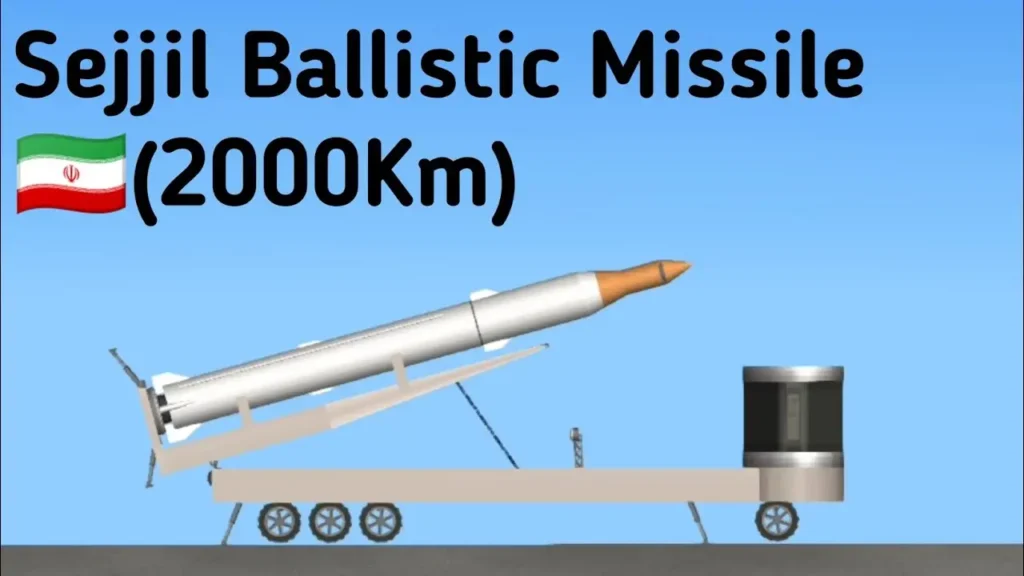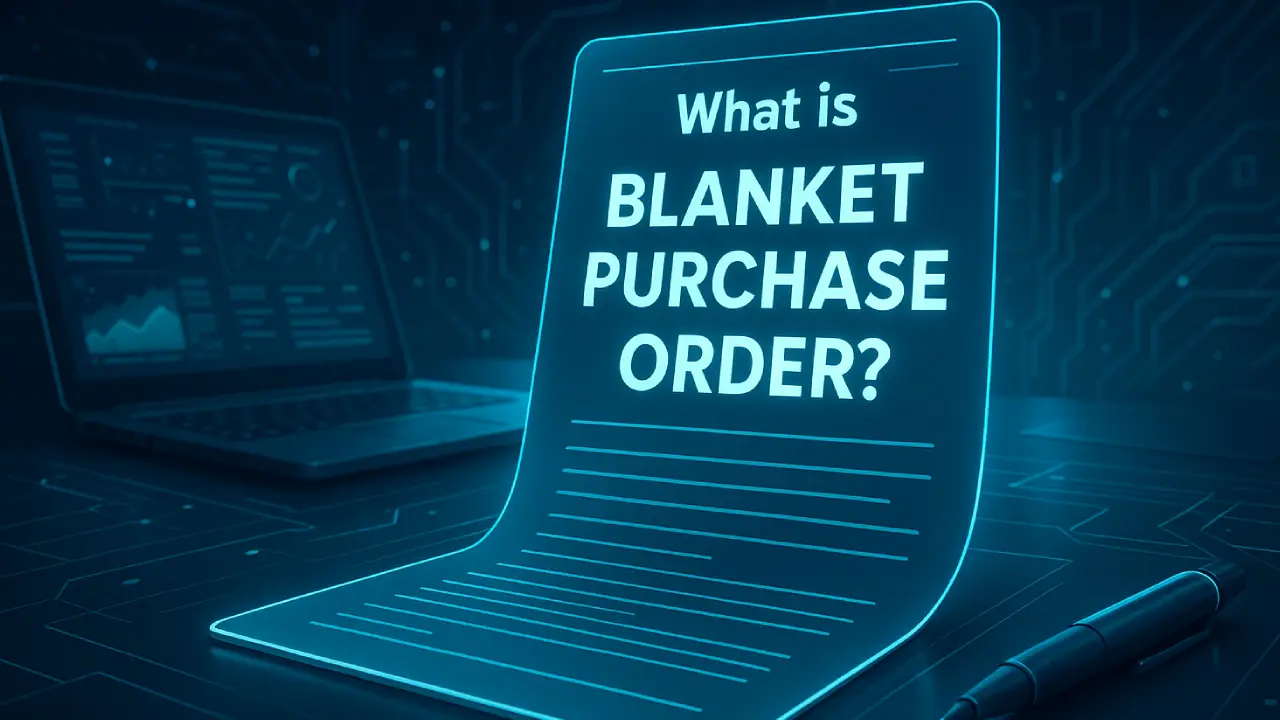In recent global headlines, Iran’s Sejjil missile has captured international attention, particularly after being used in a high-profile attack on Israel. The missile—described by Iranian media as an “ultra-heavy, two-stage” ballistic missile—has been flagged as a major strategic threat, raising concerns among military analysts and world leaders alike.
With tensions in the Middle East escalating, it’s vital to understand the capabilities, range, and strategic significance of the Sejjil missile. In this blog, we will explore everything you need to know about Iran’s Sejjil missile, its potential threat to Israel, and how it impacts the regional and global defense landscape.
What is the Sejjil Missile?
The Sejjil missile is an advanced medium-range ballistic missile (MRBM) developed by Iran. It is a solid-fuel, two-stage missile, which makes it faster to launch and harder to intercept compared to its liquid-fueled counterparts.
- Origin: Developed domestically by Iran’s Aerospace Industries Organization.
- First tested: 2008
- Missile type: Solid-fuel, two-stage ballistic missile
- Range: Approximately 2,000–2,500 km
- Payload: Capable of carrying a high-explosive or nuclear warhead
This missile is part of Iran’s broader deterrent strategy against threats in the region, particularly Israel and U.S. military assets in the Middle East.

Why is Sejjil Considered a Threat to Israel?
According to reports from the Times of Israel and WION News, the Sejjil was recently deployed in a direct attack on Israeli territory during escalating tensions. Its high maneuverability and quick-launch capability make it a difficult missile to detect and intercept.
Key concerns:
- Long range: The Sejjil can easily reach Israeli targets from deep within Iranian territory.
- Solid-fuel engine: Unlike liquid-fuel missiles that need to be fueled before launch, solid-fuel missiles are launch-ready, drastically reducing response time.
- Reduced radar signature: Designed to evade detection, increasing its strike efficiency.
Sejjil vs Other Iranian Missiles
Compared to Iran’s older Shahab-3 missile, the Sejjil offers several technical improvements:
| Feature | Shahab-3 | Sejjil |
|---|---|---|
| Fuel Type | Liquid | Solid |
| Launch Readiness | Slower (needs fueling) | Faster (pre-fueled) |
| Range | ~2,000 km | ~2,500 km |
| Maneuverability | Moderate | High |
These features make the Sejjil missile a strategic upgrade in Iran’s missile arsenal.
Related Iranian Missiles You Should Know
Understanding the Sejjil missile becomes easier when compared with other missiles in Iran’s arsenal. Iran has steadily developed a variety of short-, medium-, and long-range ballistic missiles over the past two decades. Here’s a look at some key systems:
1. Shahab-3
- Type: Medium-Range Ballistic Missile (MRBM)
- Range: ~2,000 km
- Fuel: Liquid
- Overview: One of Iran’s earliest long-range missiles, often seen as the predecessor to the Sejjil. While still in service, its liquid fuel makes it slower to launch and easier to detect than the solid-fueled Sejjil.
2. Khorramshahr Missile
- Type: MRBM
- Range: ~2,000 km with a heavier payload
- Notable Feature: Designed to carry multiple warheads (MIRV capable)
- Overview: Heavier than the Sejjil and believed to be capable of carrying larger payloads, including potential nuclear warheads. Its improved accuracy and payload make it a major concern for regional security.
3. Emad Missile
- Type: Precision-guided MRBM
- Range: ~1,700 km
- Overview: The Emad is an improved version of Shahab-3, featuring advanced guidance systems for higher accuracy, potentially allowing for precision strikes against critical infrastructure or military bases.
4. Fattah Hypersonic Missile
- Type: Hypersonic Glide Vehicle (under development)
- Range: Not fully disclosed (~1,400–2,000 km)
- Speed: Reported to be over Mach 5
- Overview: Iran recently unveiled the Fattah missile—a hypersonic weapon that claims to evade even the most advanced missile defense systems. If confirmed, this would be a game-changing addition to Iran’s deterrence capabilities.
Global Reactions to Sejjil Missile Use
The international community has responded with concern. U.S. defense officials have highlighted the destabilizing nature of such advanced weapons, especially when deployed during ongoing conflicts.
As reported by The Economic Times, the U.S. considers this a significant development in Iran’s missile capabilities, potentially breaching existing international sanctions or missile agreements.
Meanwhile, Israeli military analysts fear that the Sejjil’s deployment may signal a new phase of high-intensity regional confrontation, potentially triggering broader geopolitical escalations.







